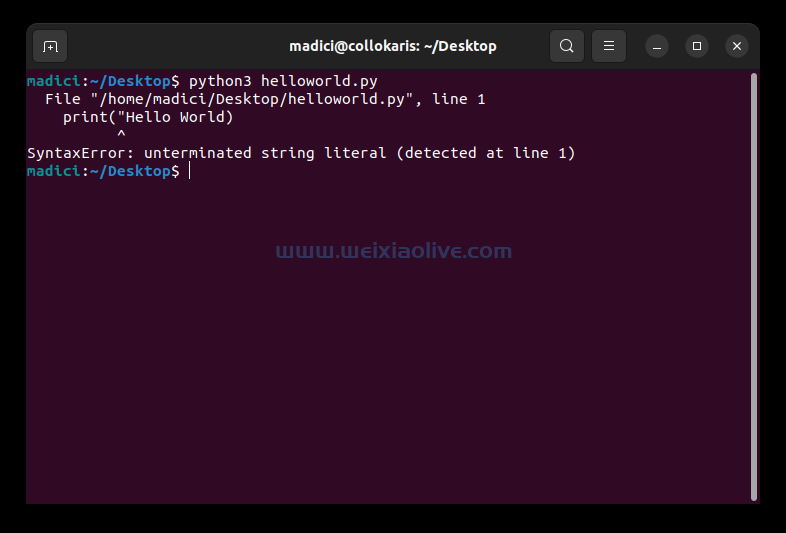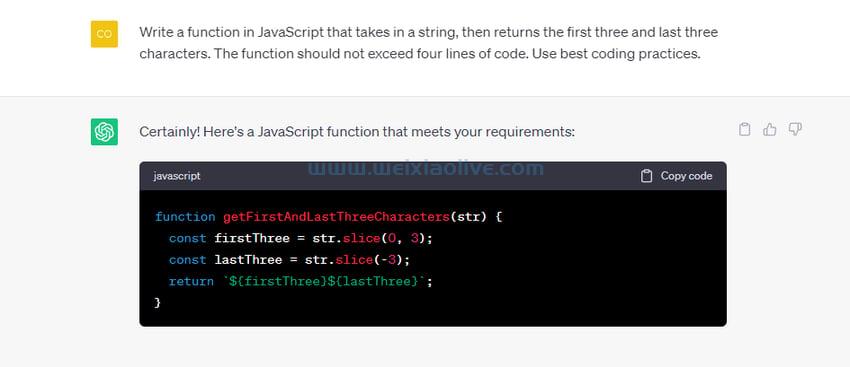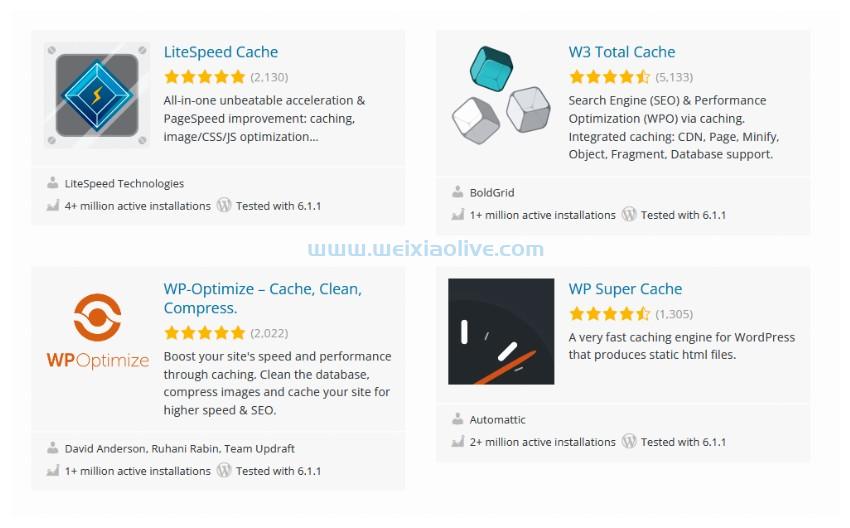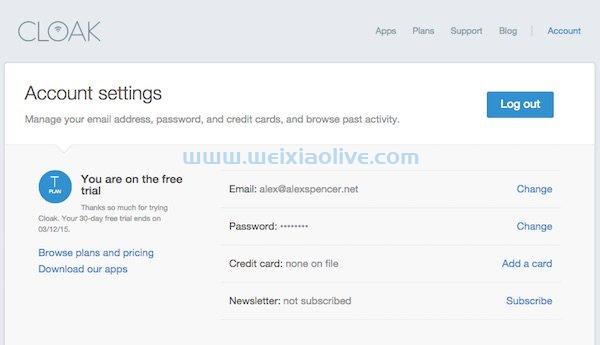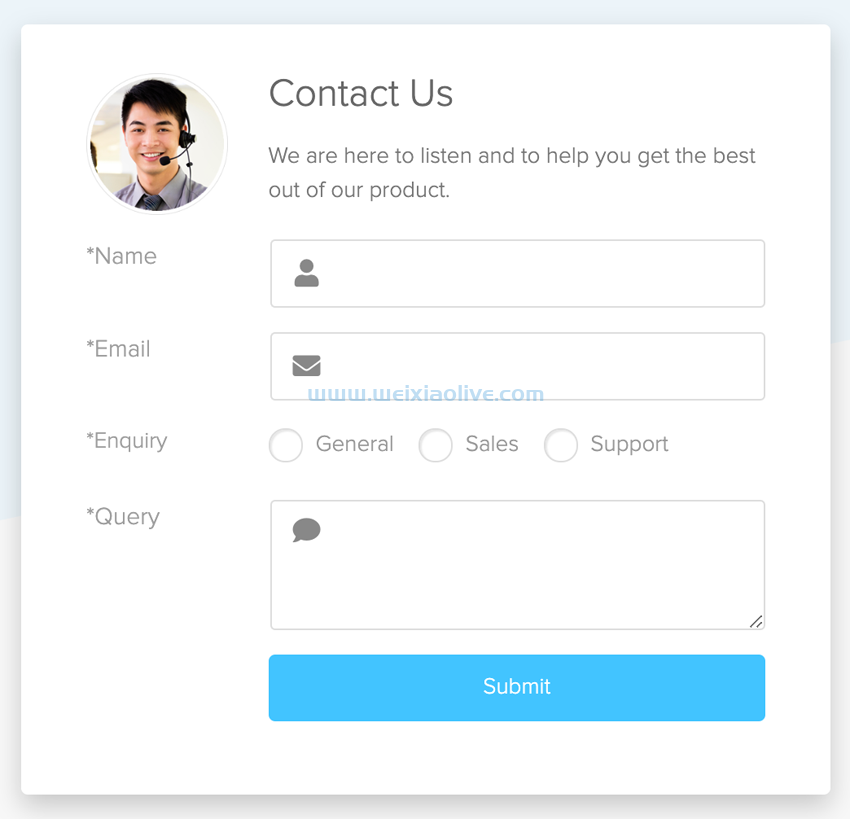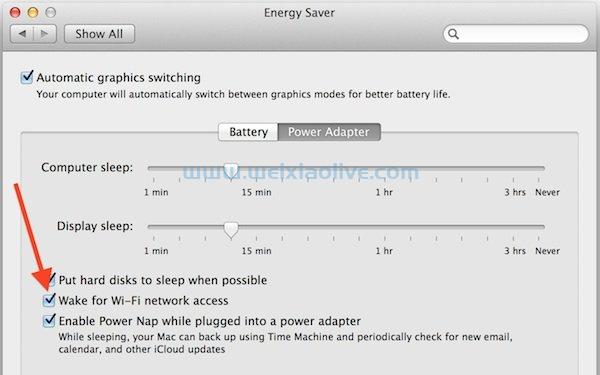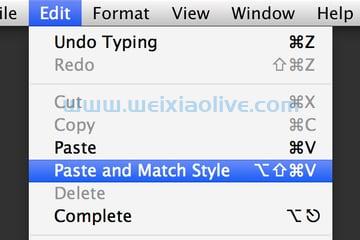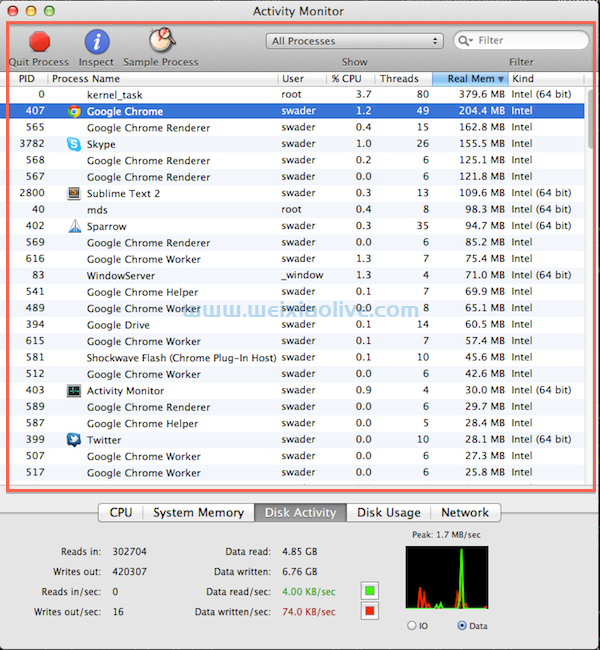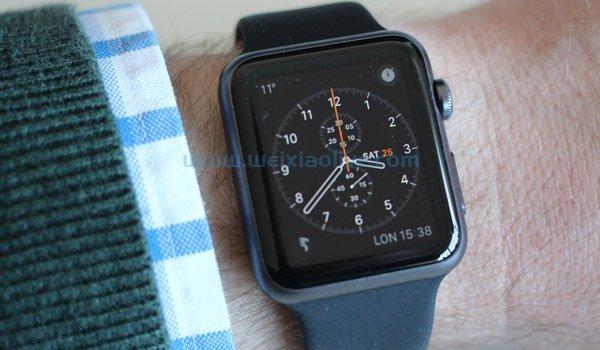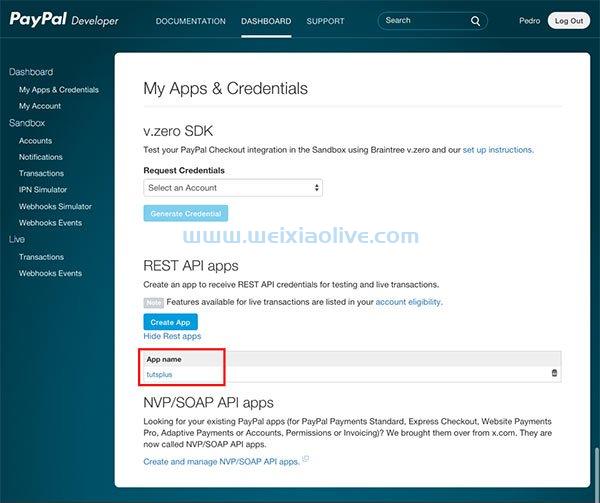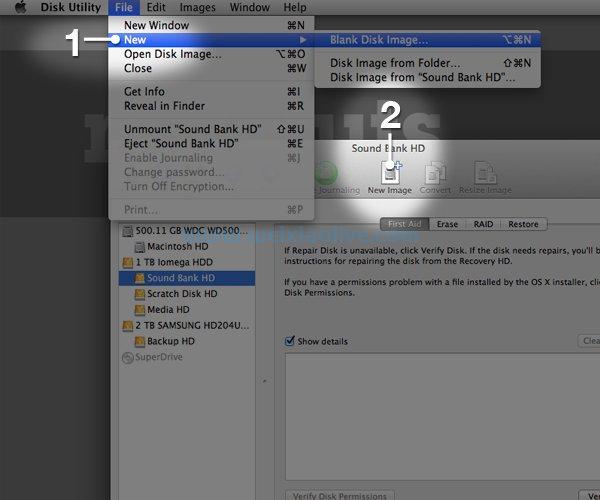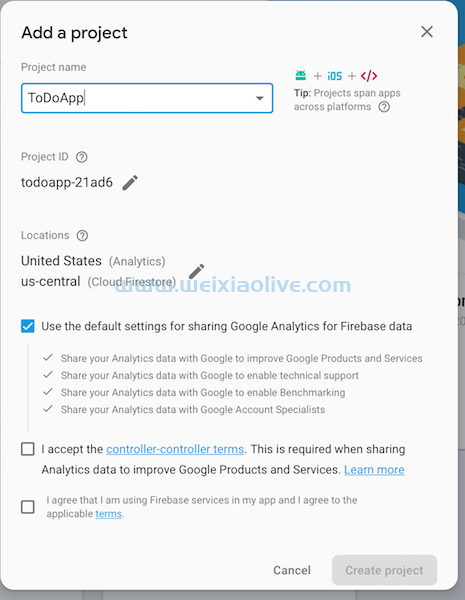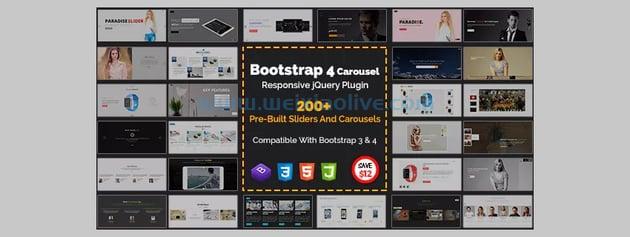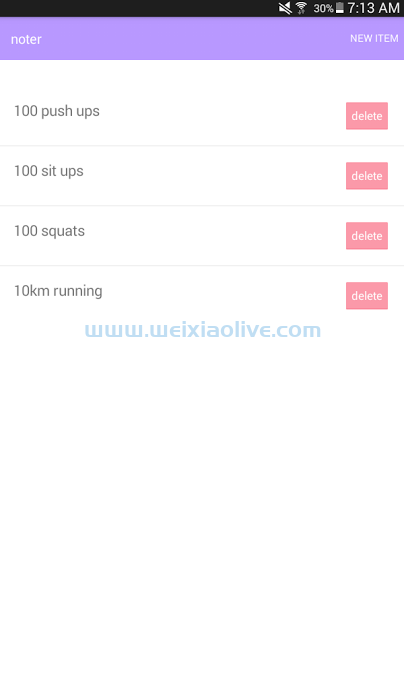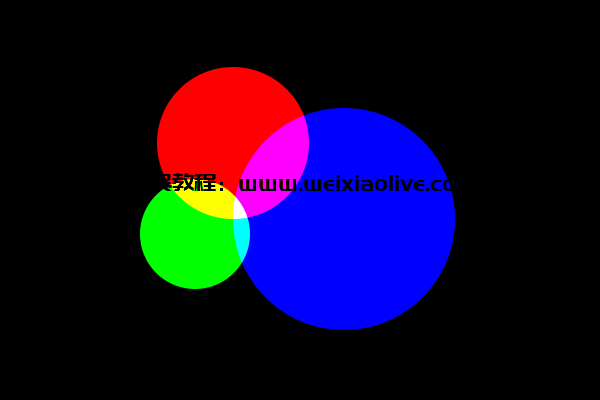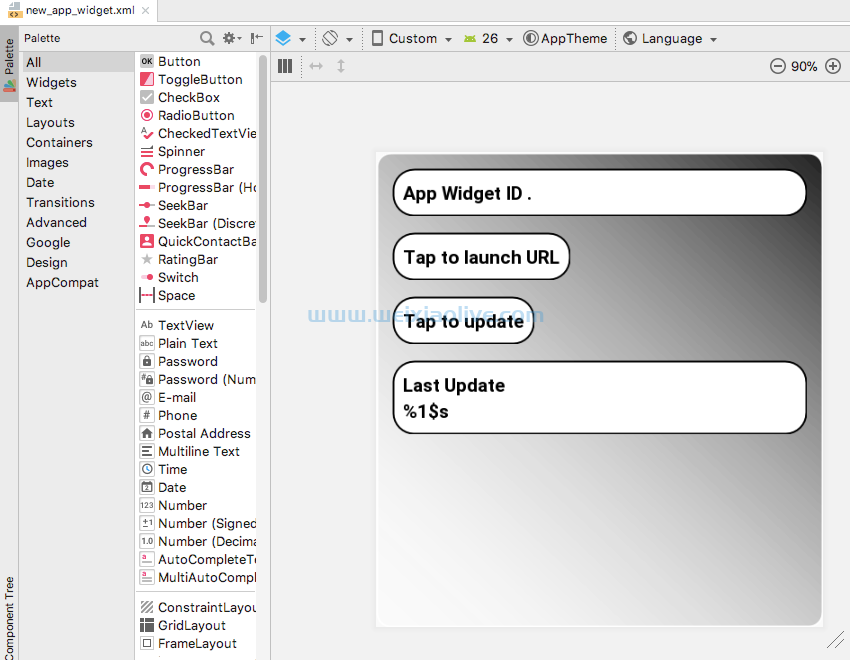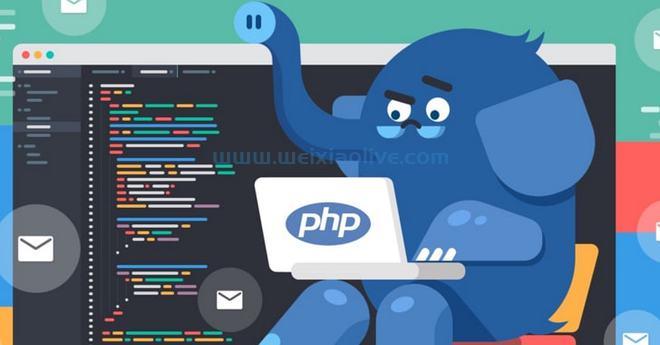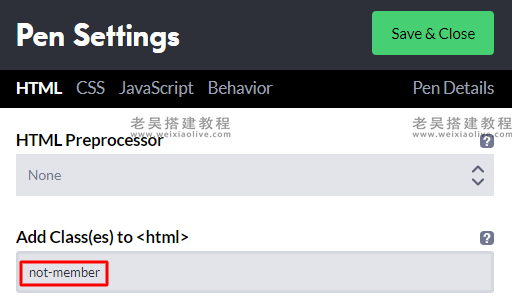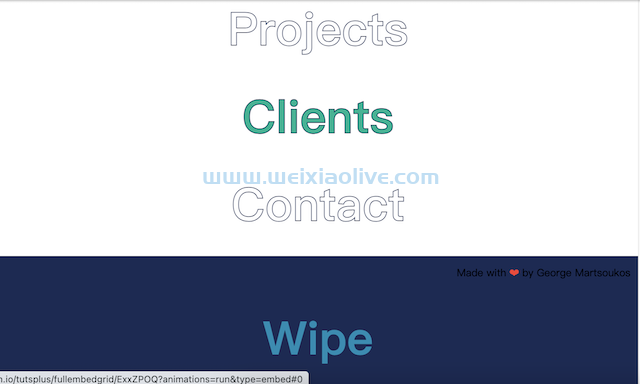在教程系列的最后一部分中,您看到了如何编写用于用户登录的rest api端点。您使用 mongoose从node与mongodb交互。成功验证后,您看到了如何使用 angular导航到 .
RouterHomeComponent
在本教程系列的这一部分中,您将创建一个组件来在主页上列出博客文章的详细信息。
入门
让我们从克隆教程系列最后一部分的源代码开始。
git clone https://github.com/royagasthyan/AngularBlogApp-Home AngularBlogApp-post
导航到项目目录并安装所需的依赖项。
cd AngularBlogApp-Post/client npm install cd AngularBlogApp-Post/server npm install
cd AngularBlogApp-Post/client npm start cd AngularBlogApp-Post/server node app.js
将浏览器指向 http://localhost:4200 ,您应该可以运行应用程序。
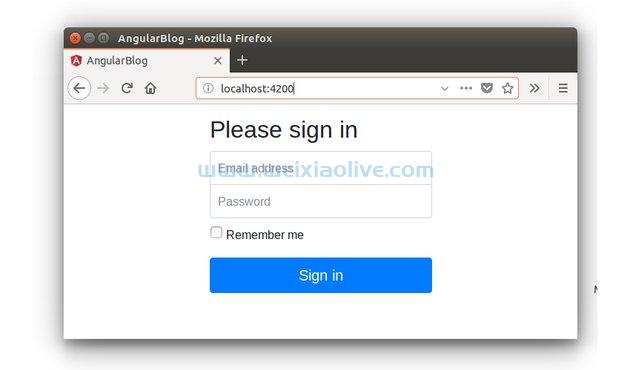
创建 Show Post 组件
用户登录应用程序后,您将显示HomeComponent. HomeComponent对于显示在其中的所有组件,它就像一个包装组件。您将在HomeComponent.
为了显示博客文章,让我们创建一个名为ShowPostComponent. show-post在文件夹内创建一个名为的src/app文件夹。在show-post文件夹中,创建一个名为show-post.component.html并添加以下 HTML 代码的文件:
<div class="list-group"> <a href="#" class="list-group-item list-group-item-action flex-column align-items-start active"> <div class="d-flex w-100 justify-content-between"> <h5 class="mb-1">List group item heading</h5> <small>3 days ago</small> </div> <p class="mb-1">Donec id elit non mi porta gravida at eget metus. Maecenas sed diam eget risus varius blandit.</p> <small>Donec id elit non mi porta.</small> </a> <a href="#" class="list-group-item list-group-item-action flex-column align-items-start"> <div class="d-flex w-100 justify-content-between"> <h5 class="mb-1">List group item heading</h5> <small class="text-muted">3 days ago</small> </div> <p class="mb-1">Donec id elit non mi porta gravida at eget metus. Maecenas sed diam eget risus varius blandit.</p> <small class="text-muted">Donec id elit non mi porta.</small> </a> <a href="#" class="list-group-item list-group-item-action flex-column align-items-start"> <div class="d-flex w-100 justify-content-between"> <h5 class="mb-1">List group item heading</h5> <small class="text-muted">3 days ago</small> </div> <p class="mb-1">Donec id elit non mi porta gravida at eget metus. Maecenas sed diam eget risus varius blandit.</p> <small class="text-muted">Donec id elit non mi porta.</small> </a> </div>
创建一个名为的文件,该文件show-post.component.ts将包含ShowPostComponent该类。这是它的外观:
import { Component, OnInit } from '@angular/core';
@Component({
selector: 'app-show-post',
templateUrl: './show-post.component.html'
})
export class ShowPostComponent implements OnInit {
constructor() {
}
ngOnInit(){
}
}ShowPostComponent在app.module.ts文件中导入。
import { ShowPostComponent } from './show-post/show-post.component';ShowPostComponent在 文件 NgModule 中 添加 。app.module.ts
import { BrowserModule } from '@angular/platform-browser';
import { NgModule } from '@angular/core';
import { ROUTING } from './app.routing';
import { FormsModule } from '@angular/forms';
import { HttpClientModule } from '@angular/common/http';
import { RootComponent } from './root/root.component';
import { LoginComponent } from './login/login.component';
import { HomeComponent } from './home/home.component';
import { ShowPostComponent } from './show-post/show-post.component';
@NgModule({
declarations: [
RootComponent,
LoginComponent,
HomeComponent,
ShowPostComponent
],
imports: [
BrowserModule,
ROUTING,
FormsModule,
HttpClientModule
],
providers: [],
bootstrap: [RootComponent]
})
export class AppModule { }修改home.component.html文件以包含ShowPostComponent选择器。
<app-show-post></app-show-post>
修改后的home.component.html文件如下所示:
<header class="header clearfix"> <nav> <ul class="nav nav-pills float-right"> <li class="nav-item"> <button type="button" class="btn btn-primary"> Home </button> </li> <li class="nav-item"> <button type="button" class="btn btn-link" data-toggle="modal" data-target="#exampleModal"> Add </button> </li> <li class="nav-item"> <button type="button" class="btn btn-link"> Logout </button> </li> </ul> </nav> <h3 class="text-muted">Angular Blog App</h3> </header> <main role="main"> <app-show-post></app-show-post> </main> <footer class="footer"> <p>© Company 2017</p> </footer>
保存上述更改并刷新客户端应用程序。登录应用程序后,您将能够查看列出的博客文章。

创建 Show Post 组件服务
服务中显示的数据ShowPostComponent显示硬编码数据。您需要一项服务来从 MongoDB 数据库中查询博客文章列表。让我们为您的ShowPostComponent.
创建一个名为show-post.service.tsin的文件src/app/show-post并添加以下代码:
import { Injectable } from '@angular/core';
import { HttpClient } from '@angular/common/http';
@Injectable()
export class ShowPostService {
constructor(private http: HttpClient){
}
}在 内部ShowPostService,创建一个名为 的方法 getAllPost,该方法将调用 REST API 以获取博客文章列表。这是它的外观:
getAllPost(){
return this.http.post('/api/post/getAllPost',{})
}这是show-post.service.ts文件的外观:
import { Injectable } from '@angular/core';
import { HttpClient } from '@angular/common/http';
import { Post } from '../models/post.model';
@Injectable()
export class ShowPostService {
constructor(private http: HttpClient){
}
getAllPost(){
return this.http.post('/api/post/getAllPost',{})
}
}接下来,您需要记下 REST API 以查询 MongoDB 集合以获取博客文章列表。
在服务器端,让我们从为帖子创建模型开始。在models文件夹中,创建一个名为post.js. 需要该Mongoose模块并为博客文章创建一个架构并将其导出。以下是/server/models/post.js外观:
const mongoose = require('mongoose'); const Schema = mongoose.Schema; // create a schema const postSchema = new Schema({ title: { type: String, required: true }, description: { type: String, required: true } }, { collection : 'post' }); const Post = mongoose.model('Post', postSchema); module.exports = Post;
将上述定义的post.js文件导出为app.js.
const Post = require('./model/post');创建一个 API 端点 /api/post/getAllPost来获取博客文章列表。使用 mongoose客户端连接到 MongoDB 数据库。
app.post('/api/post/getAllPost', (req, res) => {
mongoose.connect(url, { useMongoClient: true } , function(err){
if(err) throw err;
console.log('connection established successfully');
});
})建立连接后,您可以使用该Post模型查找博客文章列表。
Post.find({},[],{},(err, doc) => {
if(err) throw err;
console.log('result is ',doc);
}).find 回调返回文档列表。
返回的文档将按升序排列,因此添加一个条件以对博客文章进行降序排序。
Post.find({},[],{ sort: { _id: -1 } },(err, doc) => {
if(err) throw err;
})获得从数据库中查询的文档列表后,将数据与status. 以下是 REST API 的外观:
app.post('/api/post/getAllPost', (req, res) => {
mongoose.connect(url, { useMongoClient: true } , function(err){
if(err) throw err;
Post.find({},[],{ sort: { _id: -1 } },(err, doc) => {
if(err) throw err;
return res.status(200).json({
status: 'success',
data: doc
})
})
});
})进行 API 调用
在show-post.component.ts文件中,定义一个数组列表来保存 API 调用的结果。
public posts : any [];
导入. ShowPostService_ShowPostComponent
import { ShowPostService } from './show-post.service';将ShowPostService作为提供程序添加到ShowPostComponent.
@Component({
selector: 'app-show-post',
templateUrl: './show-post.component.html',
styleUrls: ['./show-post.component.css'],
providers: [ ShowPostService ]
})定义一个方法getAllPost来调用服务方法。这是它的外观:
getAllPost(){
this.showPostService.getAllPost().subscribe(result => {
this.posts = result['data'];
});
}如上面的代码所示,结果数据被设置为posts变量。
从方法中调用上述定义的ngOnInit方法,以便在组件初始化后立即获取博客文章详细信息。
ngOnInit(){
this.getAllPost();
}这是show-post.component.ts文件的外观:
import { Component, OnInit } from '@angular/core';
import { ShowPostService } from './show-post.service';
@Component({
selector: 'app-show-post',
templateUrl: './show-post.component.html',
styleUrls: ['./show-post.component.css'],
providers: [ ShowPostService ]
})
export class ShowPostComponent implements OnInit {
public posts : any [];
constructor(private showPostService: ShowPostService) {
}
ngOnInit(){
this.getAllPost();
}
getAllPost(){
this.showPostService.getAllPost().subscribe(result => {
this.posts = result['data'];
});
}
}渲染博客文章
MongoDB 集合可能没有要查询的条目。mongo因此,让我们从shell中在 MongoDB 中添加一些条目。
通过键入以下命令进入 MongoDB shell:
mongo
进入mongoshell 后,检查 MongoDB 数据库中可用的数据库。
show collections;
blogDb从列出的条目中选择数据库。
use blogDb
创建一个名为post.
db.createCollection('post')post在集合中插入几个条目。
db.post.insert(
{ title : 'TutsPlus python Entry',
description : 'Welcome to official entry of TutsPlus Python programming session'
}
)现在让我们将posts变量绑定ShowPostComponent到 HTML 代码中。
您将使用该 ngFor指令来迭代posts变量并显示博客文章。修改show-post.component.html文件,如图:
<div class="list-group">
<a *ngFor="let post of posts" href="#" class="list-group-item list-group-item-action flex-column align-items-start">
<div class="d-flex w-100 justify-content-between">
<h5 class="mb-1">{{post.title}}</h5>
<small>3 days ago</small>
</div>
<p class="mb-1">{{post.description}}</p>
<small>read more...</small>
</a>
</div>保存上述更改并重新启动客户端和 REST API 服务器。登录到应用程序,您将在主页上显示从 MongoDB 插入的记录。

把它包起来
在本教程中,您创建了ShowPostComponent以显示MongoDB数据库中的博客文章详细信息。Mongoose您创建了 REST API,用于使用来自 Node 服务器的客户端查询 MongoDB 数据库 。

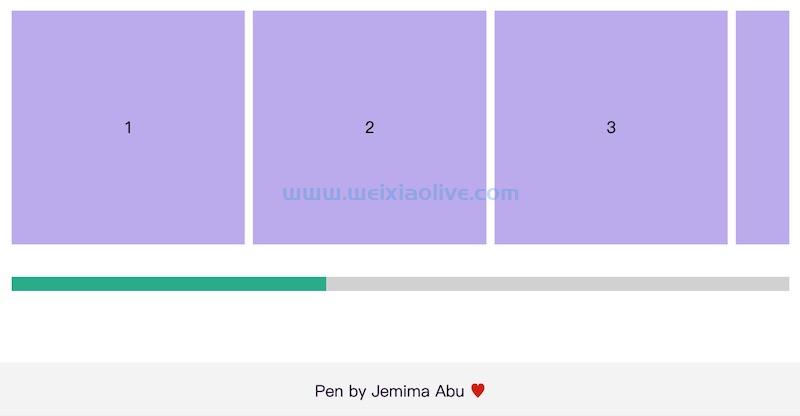
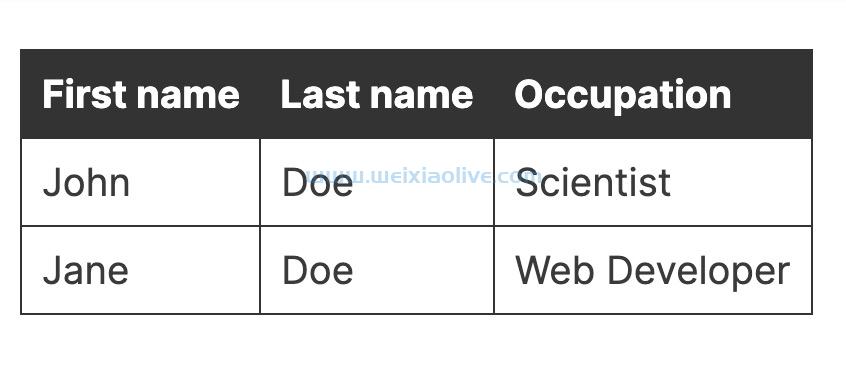


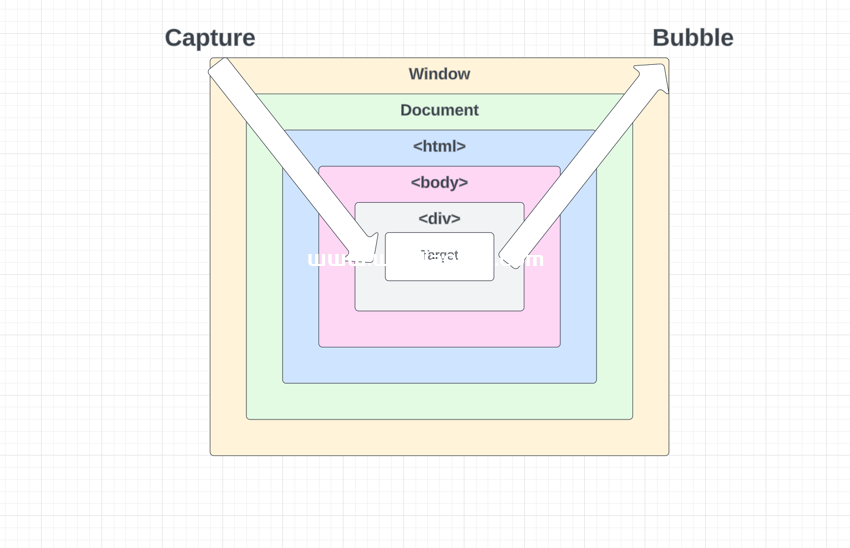
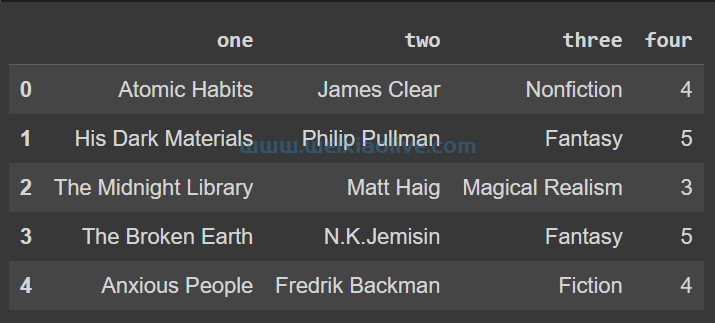

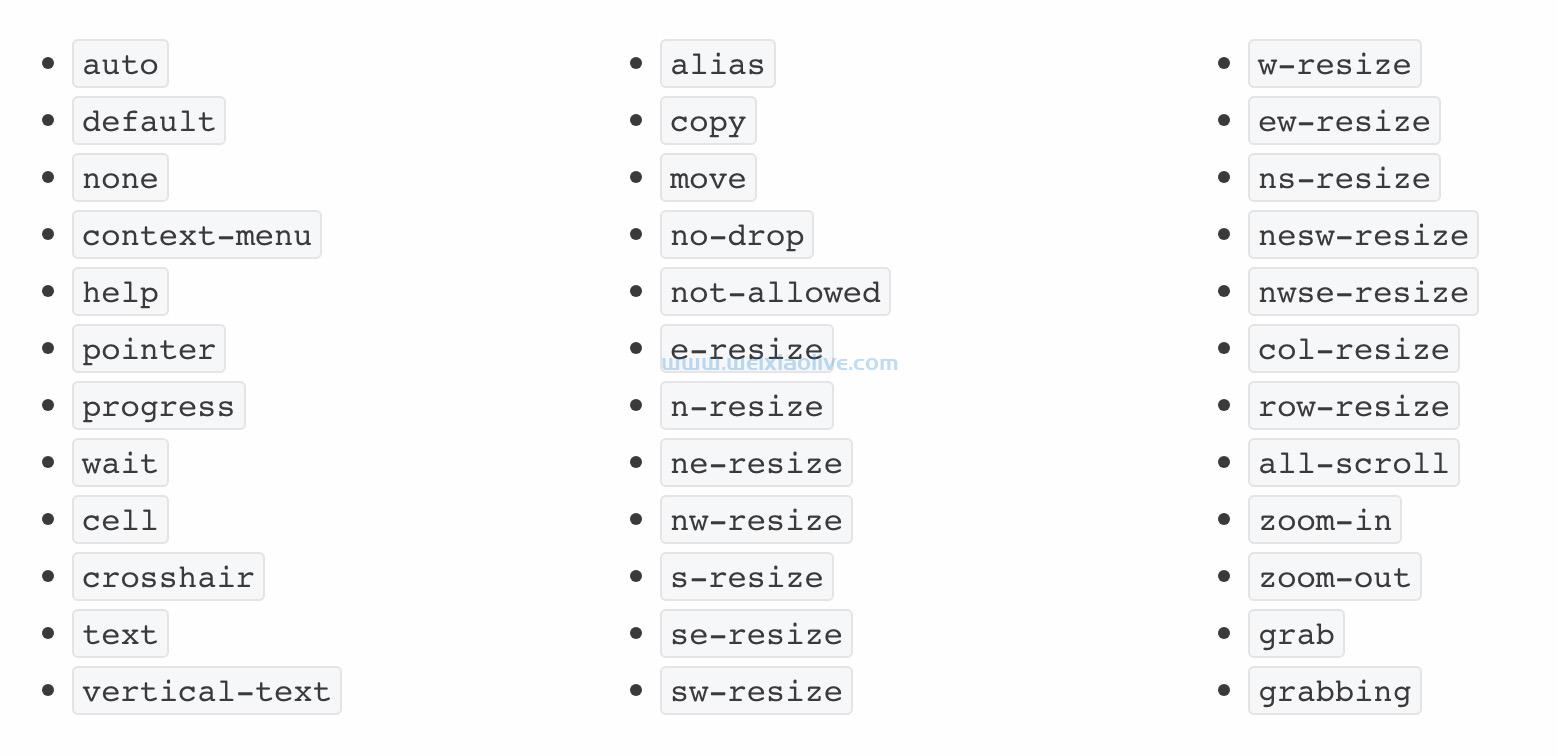
![如何删除Word中的空白页[4种简单方法] 如何删除Word中的空白页[4种简单方法]](https://www.weixiaolive.com/en/zb_users/upload/2023/07/20230702124855168827333590644.png)

